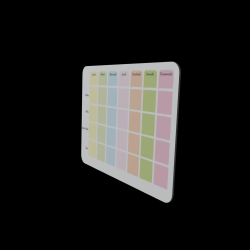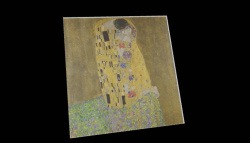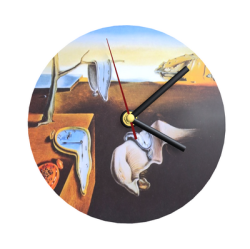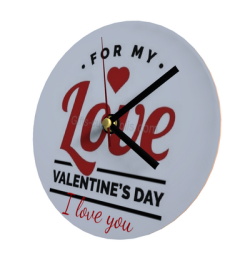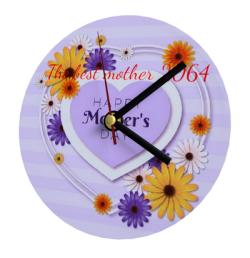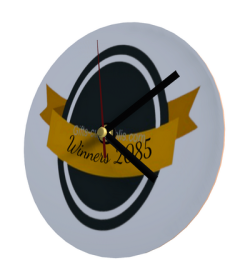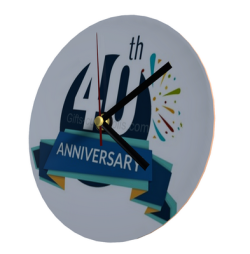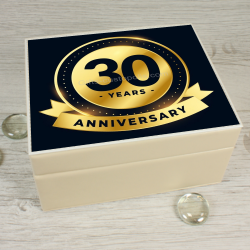Tile trivet to customise
Tile triver Buy unusual and original kdo tiles, incomparable and unique personalized surprises, funny or unique gifts all is possible from Gifts-custopolis-gifts.com On the other hand, tiles ("carrelages" in French and "tegels" in Dutch) can sometimes refer to similar units made from lightweight materials such as perlite, wood and mineral wool, which are generally used for applications on walls and ceilings. In another sense, a tile is a building tile or similar object, such as the rectangular chips used in games. The word comes from the French "tuile", which in turn comes from the Latin "tegula", meaning a fired clay tile. Tiles are often used for wall and floor coverings, and can range from simple square tiles to complexes or mosaics. Tiles are mainly ceramic, usually glazed for interiors and unglazed for roofs, but other materials are also often used, such as glass, cork, concrete and other composite materials, as well as stone. Tile stones are usually marble, onyx, granite or slate. Thinner tiles can be used for walls than for floors, which require more durable and resistant surfaces. A tile to personalise is clever and on Gifts-custopolis.com. Personalise with a photo, a work of art, or a Mother's Day label, a Father's Day label, ... it's exclusive.
- Personalisable






































